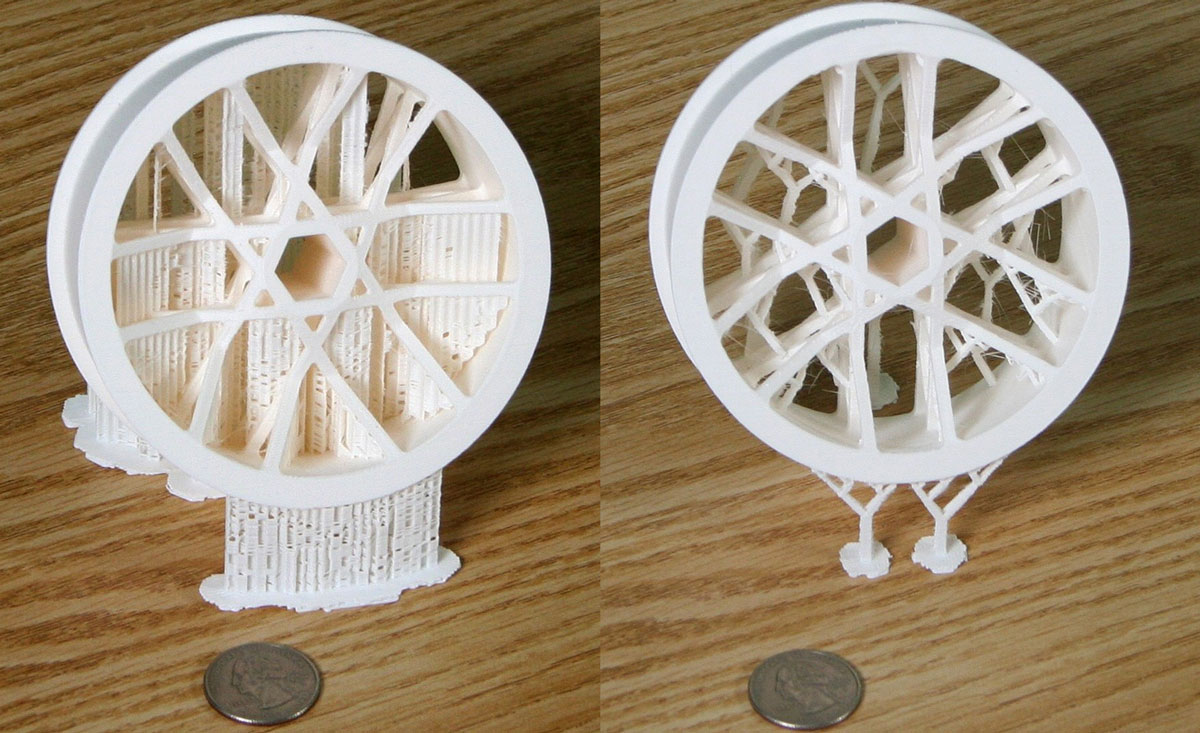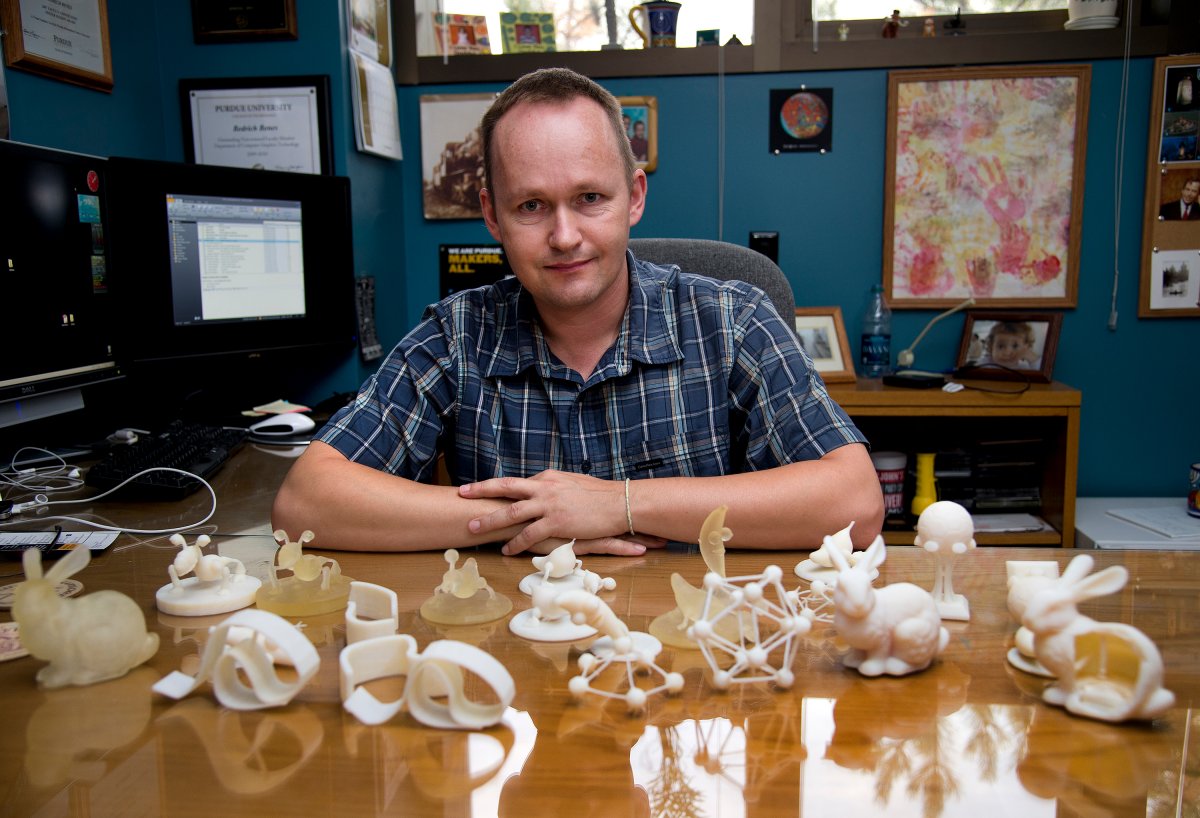Waste from 3D printing can now be reduced significantly thanks to advanced algorithms. This is the claim made by researchers from Purdue University that have created two software algorithms that effectively reduce print time and the amount of excess material used during 3D printing. The layering method posed challenges to models that required overhanging structures. When a 3D print protruded, there would be excess material to maintain its form only to be removed later, thereby creating printed waste.
The first method claims to reduce printing time by 30 percent and the quantity of supporting material by up to 65 percent. Authored by fellow doctoral students Juraj Vanek, Jorge Galicia; associate professor, Bedrich Benes; and Adobe researchers Radomir Mech, Nathan Carr, Ondrej Stava, and Gavin Miller, the algorithm is known as PackMerger. Simply put, it works like Tetris.
Individual segments are packed closely together for optimal use of space with less need for support. The parts are then broken off from each other and assembled as intended. Glue becomes essential as the parts must be attached. By printing smaller parts, it is possible to print larger structures in fewer prints. The groundbreaking method will certainly impact various levels of 3D printing.

Another method produced by the Purdue team involved orientation. An algorithm manipulated the placement of the designs to find the best use of space. Because the new structure is closer to a scaffold design, the print supports itself. The algorithm takes advantage of geometric preferences to save roughly 30 percent with time and material respectively. As a result of this algorithm, the prints do not require supports and excess print material. “The computer automatically rotates the object in all possible orientations before printing to find the orientation that has the smallest overhang area,” Benes said.
The implementation of the algorithms can be simply summarized in another quote from Benes, “The main advantage of it being geometry based is that it saves time and money and printing material.” When those three elements are conserved based on the programming, it would be crazy not to adopt the algorithms.



